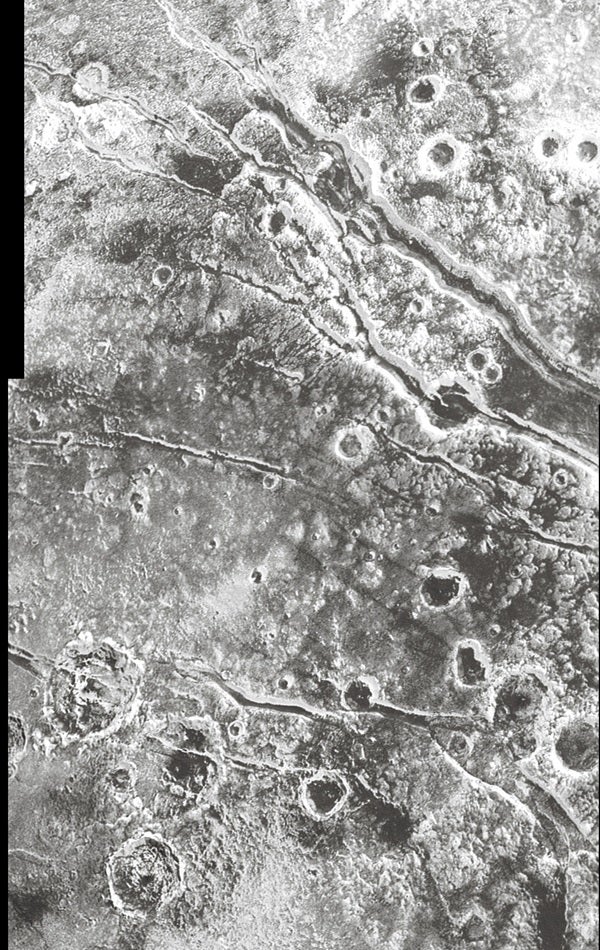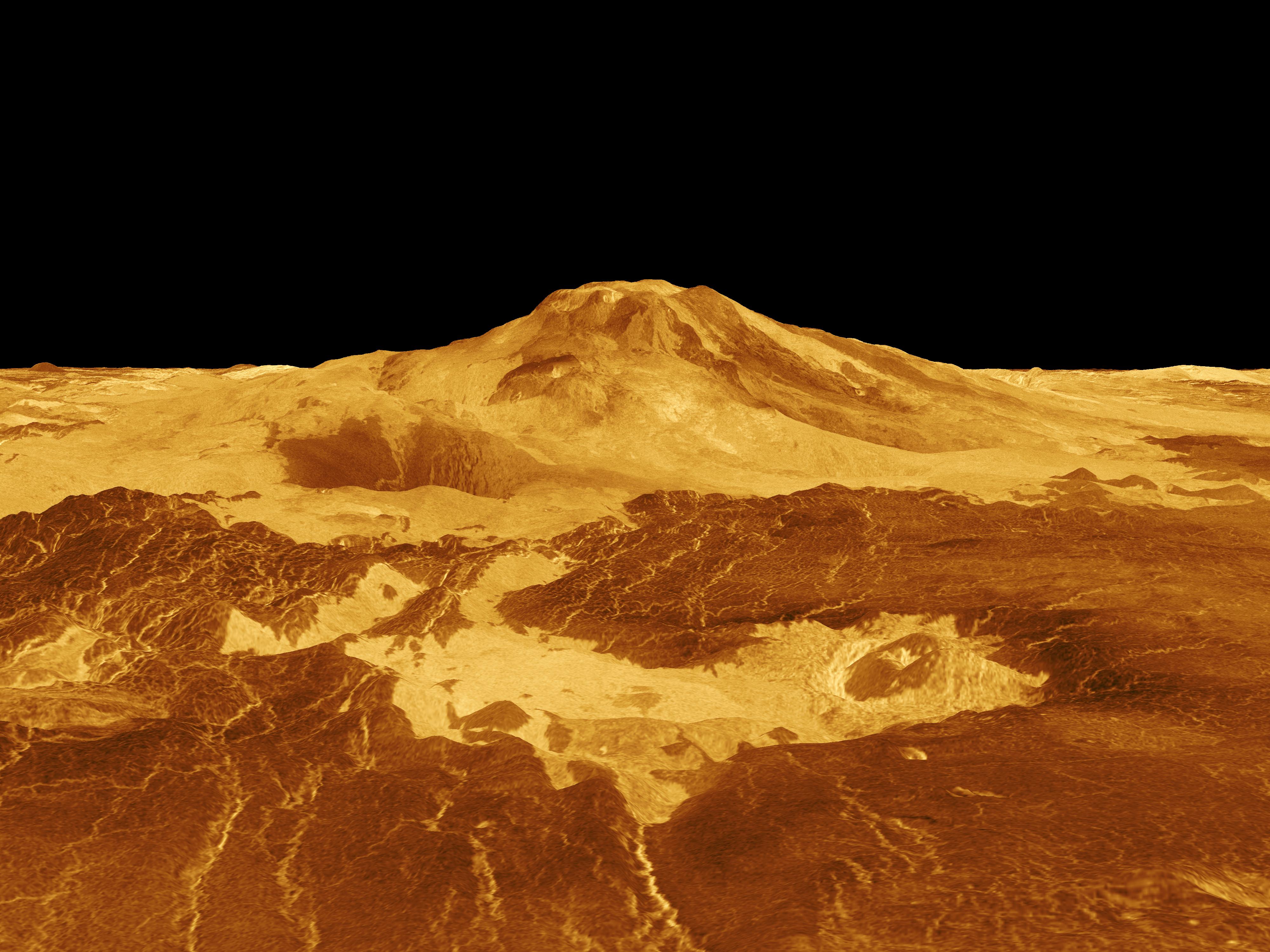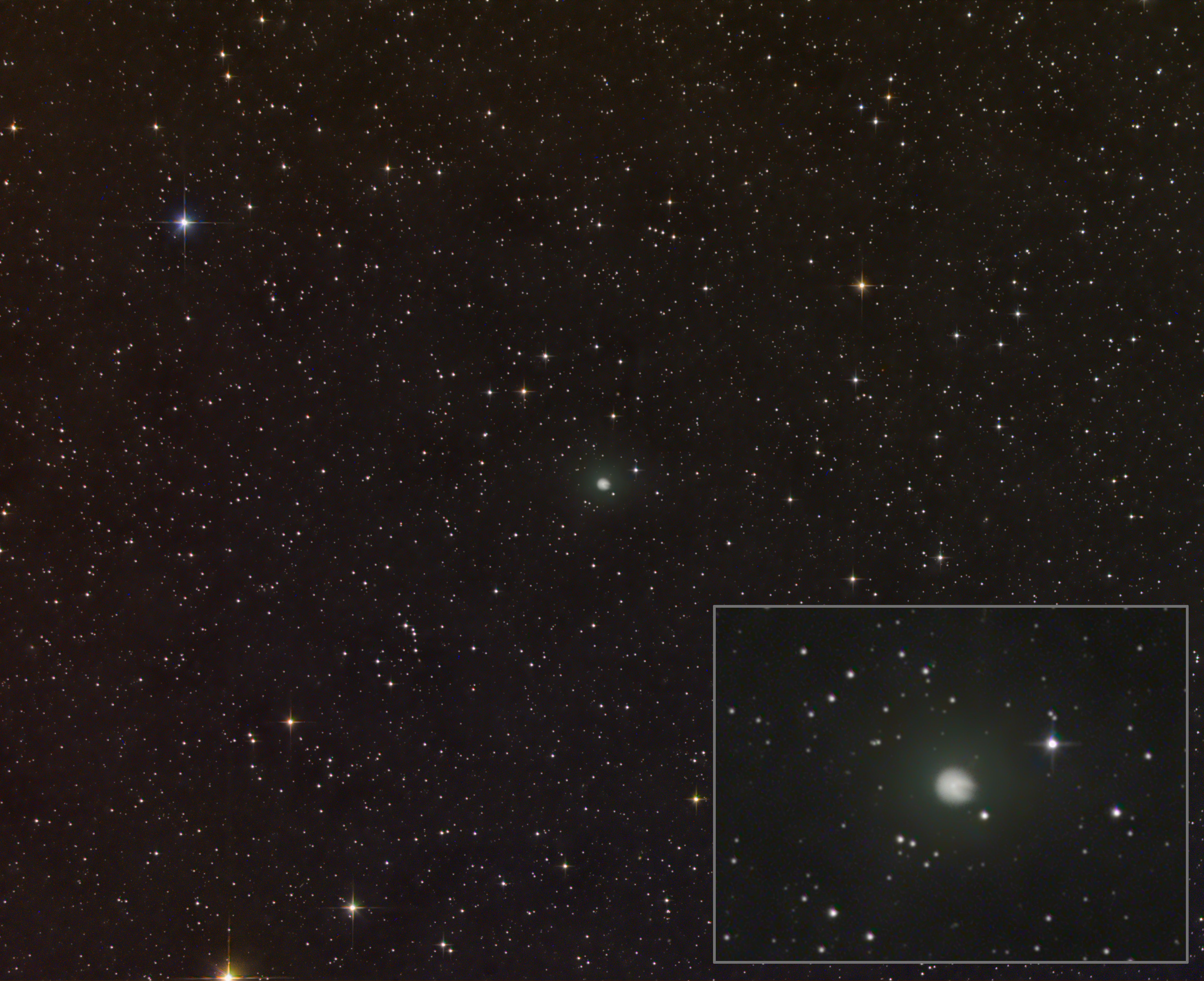In the outer solar system — for example, near Pluto — the impactors are small Kuiper Belt objects. Their census is known through telescope surveys, but some uncertainty remains. In the inner solar system — for example, near Ceres or Vesta — the impactors are small main-belt asteroids. Remarkably, considering that the asteroids are much closer than objects in the outer solar system, here too the census of impactors is only approximately known. In both cases, we have estimates of bodies larger than about 0.6 mile (1 kilometer).
But even if you know the number of craters and the number of potential impactors, the last remaining factor is the impact probability. If the density of impactors is high — many impactors per cubic kilometer of space — then the cratering rate is high. If the density is low, then the cratering rate is low. Herein lies the answer to your question.
There are lots of 1-kilometer-size Kuiper Belt objects, but they are spread out over a vast volume. In the inner solar system, the potential impactors are crammed into a much smaller area. So the impact rate is much higher in the main asteroid belt than in the outer solar system. Vesta and Ceres get hit much more frequently than Pluto because they orbit in a relatively dense swarm of potential impactors, whereas Pluto orbits in a relatively impactor-free environment, and therefore has a lower impact rate.
Northern Arizona University
Flagstaff, Arizona










